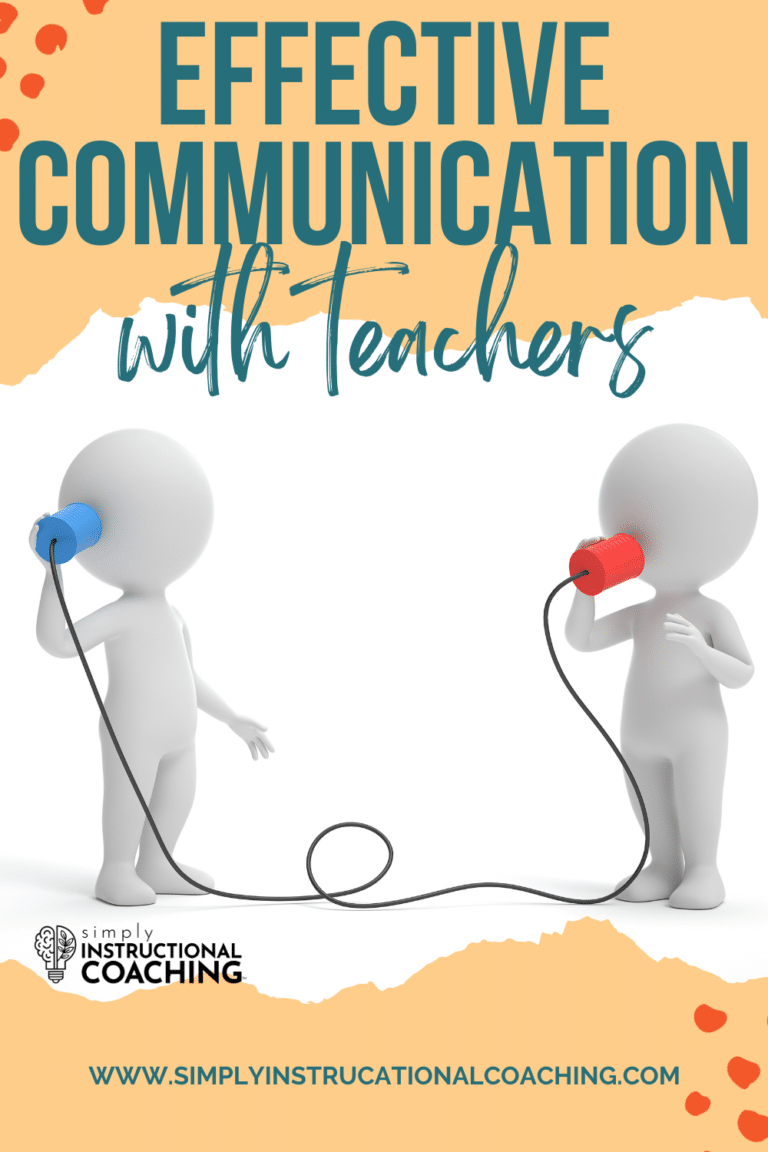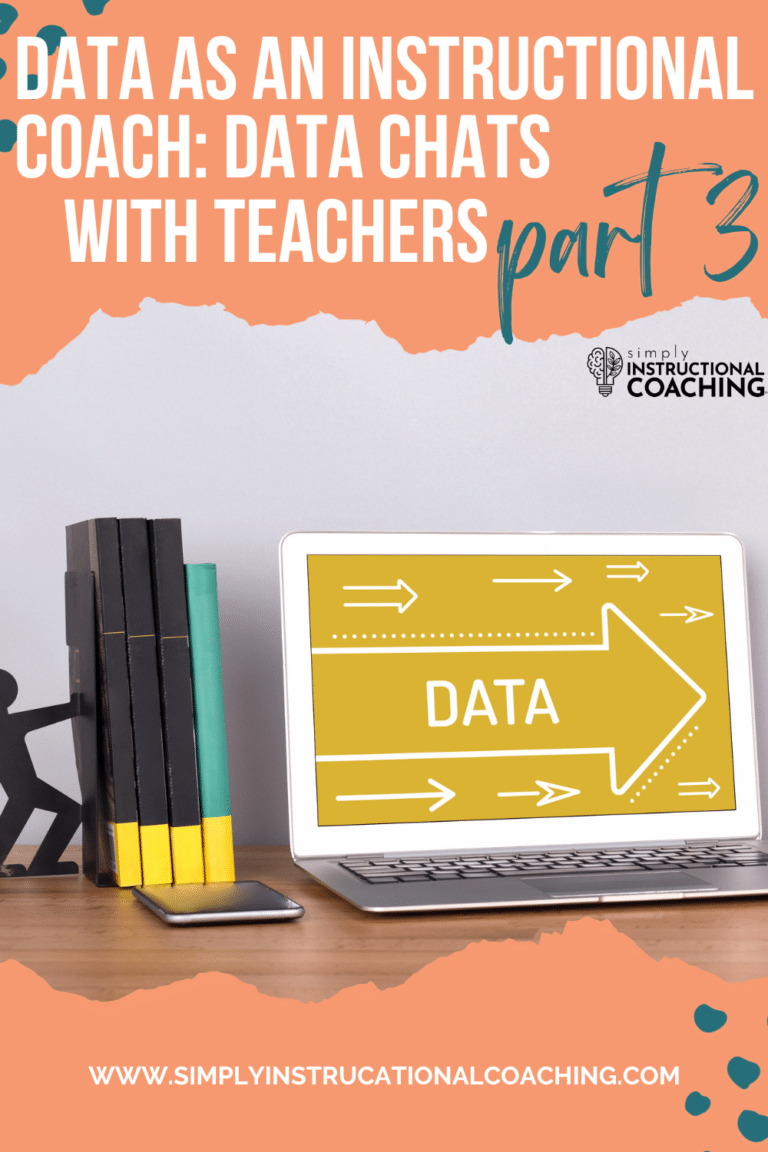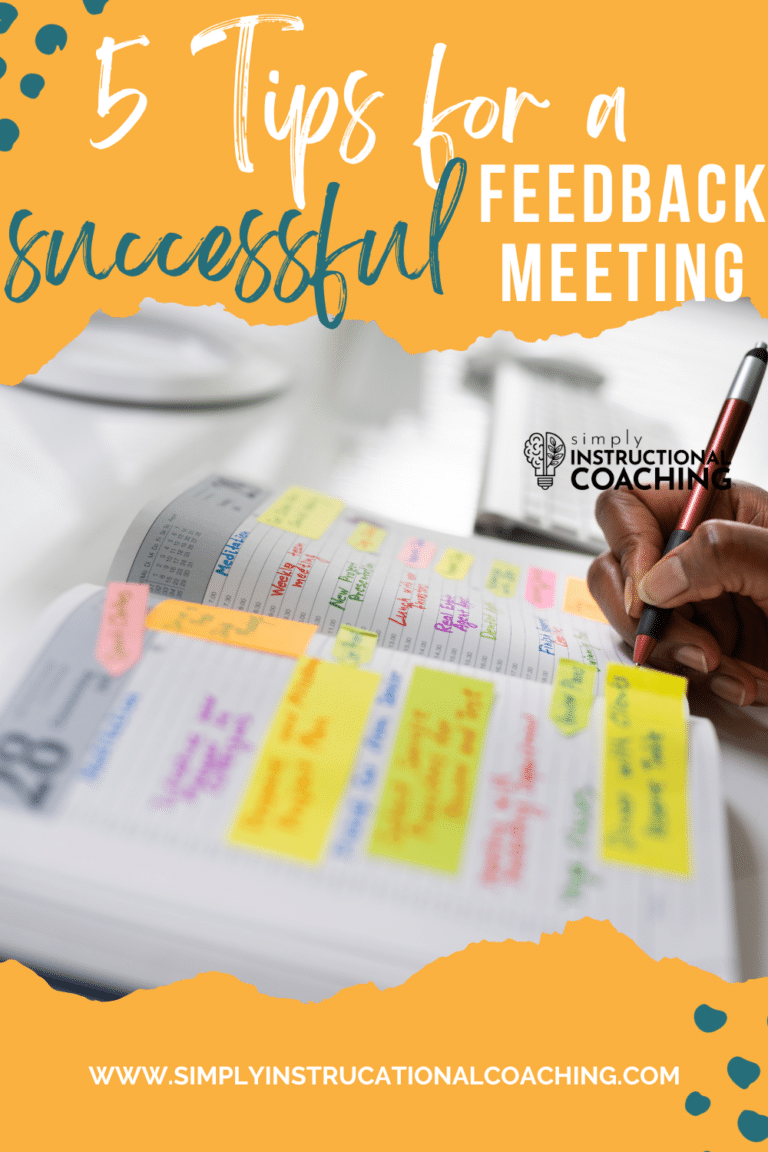
Being an instructional coach is all about helping teachers maximize their time and resources to create engaged students who become life-long learners. The best way to accomplish that is through taking a dive into a nice pool of data! While we all know data is important, it can be taxing to go through and sometimes a little frustrating especially if the results are not what you were hoping for. A great way to get your teachers and administrators into data is to host a Data Dive!

When you host a Data Dive, you are setting up a meeting with your teacher (or a group of teachers) to specifically look over the data such as results from a recent common assessment such as a district or school wide benchmark, weekly assessments on a particular skill or end of course or chapter test that you as well as the teacher/s have collected. While you are diving into this data, you will discover what has been done well and what can be improved upon. Looking at this data helps us determine where we should go next and ensures that students aren’t falling between the cracks. In addition, looking at the data can help make a cultural shift in our school to focus on what is needed the most within our classrooms.
You should host several data dives throughout the school year in order to be most effective. Having several data dives allows you to set specific focuses during these meetings. It also helps you move on from goals you have already accomplished. So, when should you do a Data Dive? Well that depends on what your school’s set up is. For every instructional coach this will be different but looking around assessment dates could give you your best data.

It is best to structure your Data Dive as an “Instructional Cycle.” When you begin this process, you are planning, doing, checking, and acting (PDCA). Planning is essential because that’s where you and your teacher will plan for “patch ups” or set new goals to further your students. Your goal will be based on the data you are using. The results are VERY IMPORTANT in this step! Each step that follows is also equally important!
Let’s Check out what a Planning Meeting (Data Dive Meeting) looks like:
Step 1 – Set the Purpose of the Meeting
Step 2 – Develop Praises and Celebrations
- Step 3 – Discuss the Data Analysis (Develop a Corrective Action Plan)
- Step 4 – Develop Action Steps (Complete the Corrective Action Plan)
- Step 5 – Review Action Steps
Each Planning meeting should follow these steps. In each planning meeting or data dive meeting, teachers should leave with an action step. You should complete data meeting planning forms to help you guide your planning for the Data Dive and complete each section with teachers.
Before each meeting it is imperative that each instructional coach or leader should already prepare and discover the talking points for each of the steps.
After the planning meeting has taken place, the data should have been reviewed, an action plan should have been developed and you are now moving into the “doing” part of the instructional cycle. Teachers should be creating “goals” with students and reteaching the skills based on action plan developed.
After Skills have been taught, we are now moving into the “checking” part of the instructional cycle. Remember that Corrective Action Plan you and your teachers developed while in that meeting? Yep, you are right, pull it out and look at the new assessment and see how well those students did. Check to see if the actions outlined in the plan made a difference. If so, document the strategies used for the future. If not, begin the process over and develop a new action plan.

- Following the “Instructional Cycle,” you will want to establish roles and responsibilities and start the 4 step Instructional Cycle.
- This cycle will help you go through data with your teachers smoothly and a little faster too.
- Completing these Data Dive Meetings will allow for you to document and track best practices that has worked for your school culture and allowed you to document along the way.
Whether you love it or hate it data is what needs to drive us as instructional coaches and leaders. Data tells us what goals need to be set. Data shows us what goals have been met. Data drives us to push our kids to higher levels with confidence because the data tells us they can do it. If data is an overwhelming part of coaching, I strongly suggest you check out “How to Host a Data Dive” Webinar and Templates. You can grab these in the Educator’s Academy or in the Educator’s Caravan TpT Store.
Not only can this webinar save you time, it will also ensure no one falls through the cracks on your watch!







This is one area I’m improving on. It’s all about the data.
Do you have any templates specific to MAP testing data? We are using MAP testing in our district for the 1st time this school year and I would like to know how to help teachers use the data.